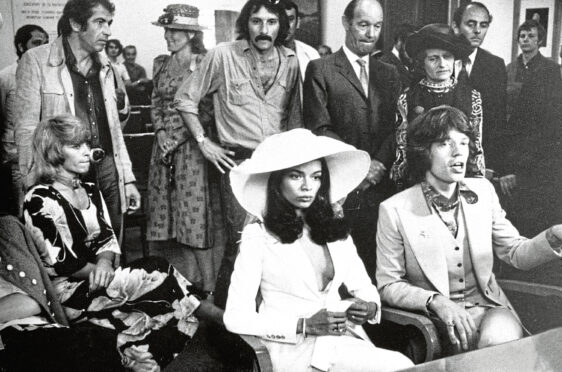
Open any western wardrobe today and you’ll likely see more black than white, yet white clothing can have great cultural importance.
Here, author and cultural history expert Nina Edwards tells Sally McDonald the Honest Truth about the impact and resonance of white clothing
Why does the history of wearing white fascinate you?
I’d been writing about darkness, and wondered why there was so much to read about dark clothing and so little about white or pale. I’m interested in how a detail of clothing can say a great deal about us.
Can you give us an example?
Coco Chanel claimed the popularity of white in Paris after the economic crash of 1929 answered a post-traumatic need for “candid innocence and white satin”.
For how long did you research the wearing of white?
Research took four years. I visited the archives of the Fashion Museum in Bath and the Underwear Museum in Lessines, Belgium; the British Museum and the V&A in London and smaller collections like the Wellcome and the Museum of London.
There were also finds in local history museums worldwide. I couldn’t get to the Costume Institute at MOMA, in New York, but luckily so much is available online. People often keep clothing from the past, like wedding dresses or a white leather, skin-tight jumpsuit worn by a friend’s mother in her 1960s heyday.
What was your most surprising find?
Hand-knitted dolls’ clothes from the Kindertransport collection at the Imperial War Museum. I was also surprised by how little white there is in people’s wardrobes now, beyond school uniforms and formal shirts.
So why is black the shade that has in history received the most attention?
That’s a more recent western perspective. In any Chinese or Arabic collection, white is often dominant and not necessarily formal. Classical togas come to mind, or Mahatma Gandhi in a white dhoti and shawl in the 1920s. We tend to think of black as being more serious. But white is light. It demands our attention, emerging from or set-off by darkness.
What is the earliest record of the wearing of white clothing?
The first woven material is said to date back 100,000 years but there’s evidence of clothing from ancient Egypt from 5,000 BC which survived because of the dry climate and conditions within the pyramids.
Why is white symbolic?
White is associated with purity and cleanliness, virginity and other-worldliness. In some contexts, it can symbolize power, like the uniforms of the Tsar’s Imperial Guard.
In religions it has various roles, for instance, worn by Muslim pilgrims as they approach Mecca to symbolise their spiritual readiness. Mary, Queen of Scots wore white for her marriage aged 15 to Francis, the Dauphin of France in 1558. Her grandson, Charles I, was executed for treason in 1649 wearing the heavy white shirt he asked for in case he shivered in the January weather and gave the impression he was scared.
Traditionally, what did wearing white say about a person?
In the past impeccably clean white clothing suggested you didn’t have to do your own laundry. When men began to dress all alike in dark colours in the West, it was the starched white collar and cuffs that confirmed their status.
Has that symbolism changed?
Now washing machines and stain-resistant fabrics are more available, the association with affluence has diminished. But it still takes daring to wear white.
The all-white rapper look has become a symbol of social confidence. Brides – and often grooms too – wear white, not so much to symbolise purity but because they want their wedding day to be special.
What would you like people to take from the history of wearing white?
Our attitudes to what we wear, and what we don’t wear, can say a lot about us. In another time a clean white shirt, or cap and apron, could make the difference between destitution and survival for a job-seeking servant.
The choices we make, even if we don’t think we give a damn about what we’ve got on, expose what we think and feel.
Pazazz: The Impact And Resonance Of White Clothing, published by Reaktion

Enjoy the convenience of having The Sunday Post delivered as a digital ePaper straight to your smartphone, tablet or computer.
Subscribe for only £5.49 a month and enjoy all the benefits of the printed paper as a digital replica.
Subscribe